|
For those of you who follow this blog, you’ll know that travel within the Czech Republic has become a renewed interest of mine, brought on out of necessity in the days of the Covid shutdown. And before 2022 ended, I managed to squeeze in one more day trip – this time to Hradec Králové.
A Dowry Town?
Hradec Kralove sits at the confluence of the Elbe and Orlice rivers. The name literally means “queen’s castle,” a so-called “dowry town” dating to at least as early as the 11th century. After much damage in the both the Thirty Years’ War and the War of Austrian Succession, Emperor Josef II turned the town into a fortress, the remnants of which can still be seen today.
The impetus for my trip came from the Facebook post of a good friend who had just completed a photography course there, and her class was having an exhibition of their works at a local gallery. Previously I had seen some of the photos she posted from her random walks around Hradec Králové during her frequent trips there to participate in the course. The few shots of the town I saw looked intriguing architecturally, so a day trip to see the exhibition combined with an exploration of the historical center seemed like a good idea. But my friend’s Facebook photos did not prepare me for the abundance of architectural beauty I would encounter on my trip.
Upon arriving my first thought was, ”Why had I never been to Hradec Králové before?” And I also wondered why I had never heard more about it.
Actually, I had driven through it many times in the 1990s when I was working on a financing project at a steel mill in the city of Ostrava, which lies beyond Hradec Králové to the east. But I had never stopped. And I suppose I drove through the outskirts at such an angle that the gem of a historical town center that lay just beyond the main thoroughfares I was traversing was blocked from my view. Soon after arriving at the train station, however, I found out what I had missed. (The train station itself is a nice early modern specimen.)
From the station I took the bus that my public transport app said would get me near the Research Library where the exhibition was being held. On the way, I was struck by stunning 20th-century architecture that was typical of Central Europe and of the Czech Republic in particular, architecture that I just love and with which I am fascinated. But when the bus deposited me at my destination stop, I turned around and was stunned at what stood at the top of a hill reinforced by towering town walls.
As usual, I immediately started taking photos, but I needed to make my way to the exhibition (which was in the opposite direction) if I was going to have time to see it and the town and have lunch – all in time to catch my train back to Prague. So, I headed south across the river to the library, passing more intriguing architecture from the 19th and 20th centuries along the way, including the Hučák power plant and the Neo-Renaissance Bishop's High School pictured below.
X Marks the Spot
The library itself was a quite new (2008) modern fascination with a footprint in the shape of a giant “X,” and the early 20th-century building across the street from it was striking in its own way. A brochure from a later visit to the tourist center confirmed that it was a historical landmark: The Technical College by the architect Josef Gočár, one of the Czech Republic's most famous.
After seeing the exhibition, which was quite nice (and briefly exploring the concrete labyrinth that was the library’s staircase), I headed to town, which was now my main goal. Returning to the bus stop, Google Maps pointed me straight to the historical center’s main square – but how? Google was sending me right through that defense wall I had encountered earlier.
I double-checked the map, but I couldn’t see a road or lane… then I saw an opening through which I could see a few stairs. Could that be it? I started up a few and looked for a sign. My phone’s GPS said I was going the right way.
A Stairway to Heaven
The stairway seemed to go straight up to heaven (I’m not kidding), and its renovated pristine white walls and arches were backlit with a soft pink glow. And then I noticed soft music. There was a couple descending from heaven, and I thought, “Is it their phone? Is that their ringtone?” It was classical music, and as they were quite young, I surmised that it was unlikely their ringtone. They approached and passed me – no, it wasn’t their phone. The music was still there, and I realized it was being pumped into the arched stairwell. How cool! It’s hard to express the feeling and atmosphere that the long, white, backlit-with-color, ascending staircase combined with the music created.
Finally nearing the top – and finally seeing some light at the end of the tunnel – I noticed a plaque to the left. Its digital display indicated the particular piece of music that was playing, as well as the composer.
Emerging from the staircase, I tumbled onto an immense square, appropriately named “Great Square” (Velké Náměstí). Turning left (west) where I knew I should find the soaring spires I had seen when I exited the bus earlier, I saw a beautiful sight, silhouetted by a low December sun. They did not disappoint. The buildings were stunning.
It was a beautiful view and reminded me of the photos my friend had taken the previous December when the Christmas markets were up, as they were again now. My phone’s map said the buildings are the 16th-century White Tower (Bílá Věž – the tallest spire in the city) and the Cathedral of the Holy Spirit (Katedrála Svatého Ducha) dating to the 15th century. The cluster of buildings with their stunning, mostly Gothic, architecture replete with staggering spires was almost breathtaking. I loved it!
And the whole square was amazing, especially on such a sunny day with the angle of the low winter sun creating amazing light and shadows on the square and its buildings. I took (as usual) too many photos of the buildings and their spires and then walked east along the square. I found myself fascinated with the structures along the other end, too, and was also intrigued by many of the shops. But there wasn’t time for shopping today, so I vowed to return.
The architecture on the eastern end of the square covered many centuries and styles, from Baroque to Art Nouveau and a bit of Art Deco, too. And there’s so much of it all. Charming Side Streets
Shooting off of the square are charming side streets, but my short stay didn’t allow me to roam many of them – so I had to choose wisely. As my plan was to have lunch at a recommended restaurant, I picked one of the two streets that would get me there most directly from where I was standing, and the charm and style flowed down that street as well. Following the map, I finally spotted my dining destination in the corner of the courtyard of what looks like a former palace.
Walking in, the place looked empty – until I spotted an enclosed terrace off of the back, which was full of people, bustling with the sounds of conversation and of cutlery encountering plates and glasses clinking. The décor was nice and the views were stunning – looking out over a vast park below the city walls atop which the restaurant stood.
I asked for a table and was seated at one of only two empty ones left on the terrace. The menu was intriguing, and the waiter recommended a good red wine to go with my chosen dish. The food was delicious and expertly prepared. And the prices were a bargain compared to Prague’s. The service was professional and friendly, too.
Eager to pay the bill, I didn’t have much time before my train back to Prague, and I had to figure out where to get a bus back to the station from where I’d likely end up after completing my planned walk through the town. (I also had not much battery left in my phone after taking so many photos and using maps and GPS more than I normally do. Lesson: Don’t forget your power banks when traveling!) Still, I hoped to be able to try at least one of the many recommended cafes and to get to the tourist information office, as well.
Leaving the restaurant, I first turned left when exiting the courtyard to have a quick look at a square a little further to the east before heading back to the main square and then moving toward those amazing Gothic buildings on its west end and the station beyond. Malé Náměstí (Little Square) is charming and is filled with more intriguing architecture to explore when I return.
Doing a 180, I passed the restaurant again and this time chose a different side street that would return me to the large square (Velké Náměstí), but not before passing it to see the Klicper Theater (Klicperovo Divadlo) built in the 1880s in the Neo-Renaissance style. I’m glad I did.
Finally heading down Klicperova Street, I was approaching Velké Náměstí when another building caught my eye – the Gallery of Modern Art - and I later learned that it, too, is on the city’s list of prominent historical buildings. Opposite it was the façade of an Art Deco building, while across the square from each was the beautiful Baroque church I had seen earlier.
Soon I was back on the large square, this time with different light and shadow angles, for the sun moves very quickly indeed when you are so far north on the globe, and especially at the time of year when daylight lasts only eight hours. The yellow façade of the Church of the Assumption of the Virgin Mary (Kostel Nanebevzetí Panny Marie) caught my eye – again – this time looking almost like a different structure from when I had seen it before lunch due to the change in light.
Making my way down the square, I was drawn to the row houses lining the northern side of its western end as I approached the conglomeration of Gothic and Baroque spires that were the main attraction.
Of course, the buildings with spires that had drawn me to the town when I saw my friend's photo and when I got of the bus in the morning were stunning, but not quite as much up close as they were from a distance when their outline makes a more striking impression. My phone battery was almost gone, too, so I had to ease up on the photos so that I had enough charge to navigate my way to the bus and train station. But sometimes not taking photos allows one to soak in more, so I walked around the buildings – and found yet more charming streets behind them. But I did get a few shots in late afternoon shadow:
Continuing further west from the historical city center to make my way to where my bus stop should be I noticed a small kiosk selling coffee from one of the cafes that had been recommended. Of course I had to try it! It was delicious, and realizing that I had half an hour before I needed to get the bus to the station, I asked for directions to the tourist office, which the map said should be nearby.
Indeed it was – just a couple of blocks away, and I had just enough time to pick up a few brochures. It then became clear that Hradec Králové is not only historic, but following the industrialization of the late 19th century, it went through an early 20th-century rebuilding that became a showcase for that Central European modern architecture I mentioned earlier and included the works I had noticed earlier. And the works were by some of my favorite Czech architects from that period that you can find in Prague also.
The informational brochures made it clear that I had just scratched the surface of the city’s modern architecture, for these notable works sprawled out far beyond the historical center where I had spent most of my day – indeed one of the most significant of that era’s buildings, the East Bohemian Museum designed by Jan Kotěra, stood opposite the tourist information center, and it did not escape my attention when I passed it. Kotěra’s works are among my favorites in Prague.
I was sad to leave but my time in Hradec Králové had run out. I headed back to the bus stop and made my way to the train station, noticing some quite impressive 21st-century buildings on that ride also. It seems that Hradec Králové is a city that is going through another rebuilding and revival of sorts, and I definitely plan to come back and spend more time. I’m also thinking of adding it to my tour offerings, so if you’re interested in an off-the-beaten-path adventure,let me know!
I’m also thinking of adding it to my tour offerings, so if you’re interested in an off-the-beaten-path adventure,let me know!
0 Comments
Your comment will be posted after it is approved.
Leave a Reply. |
YOUR DONATION HELPS ME KEEP THIS BLOG GOING.
Even a small donation will help and is much appreciated! Consider making a donation today!
AuthorI am an American who has been living in Prague for two decades. After a long career in international finance, I left the business world to pursue other interests. I now work as a writer, mentor and guide to the city. Archives
June 2024
Categories
All
|
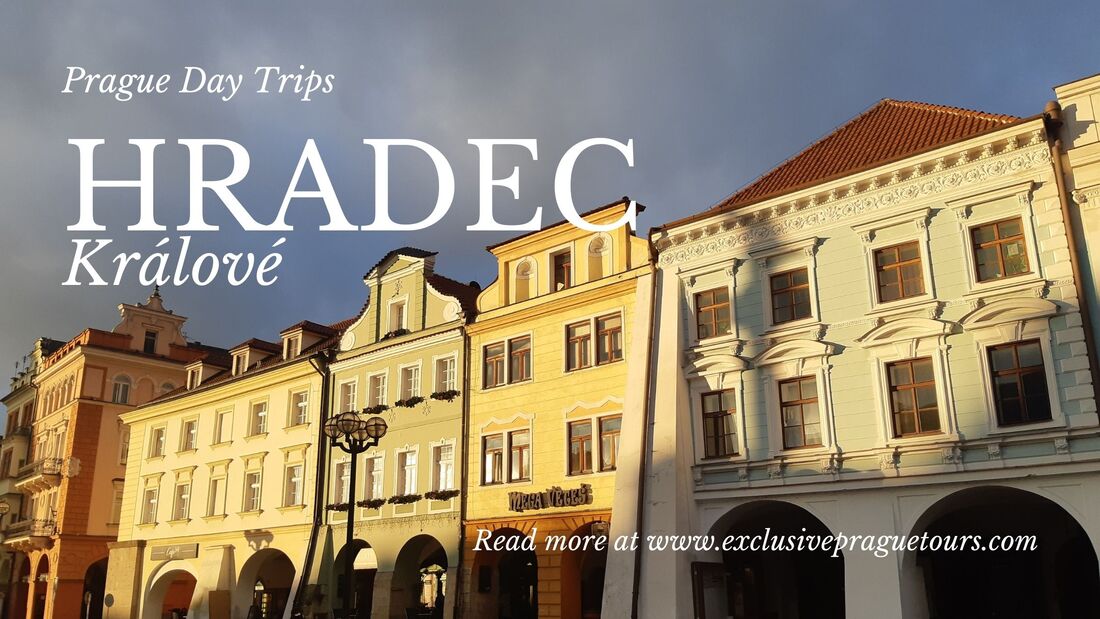

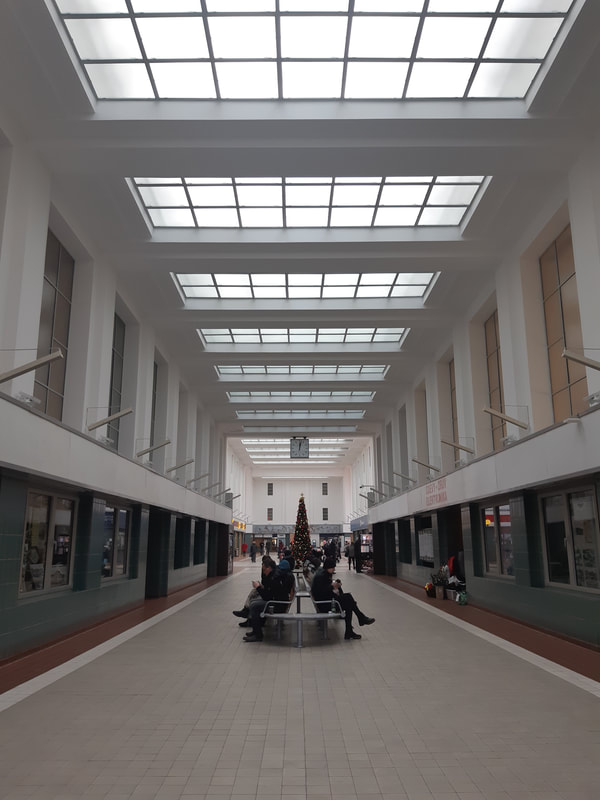
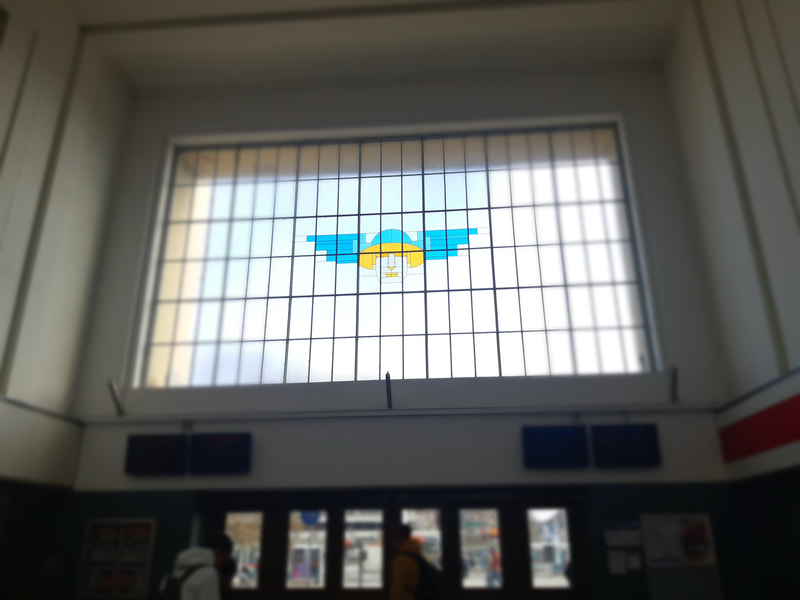
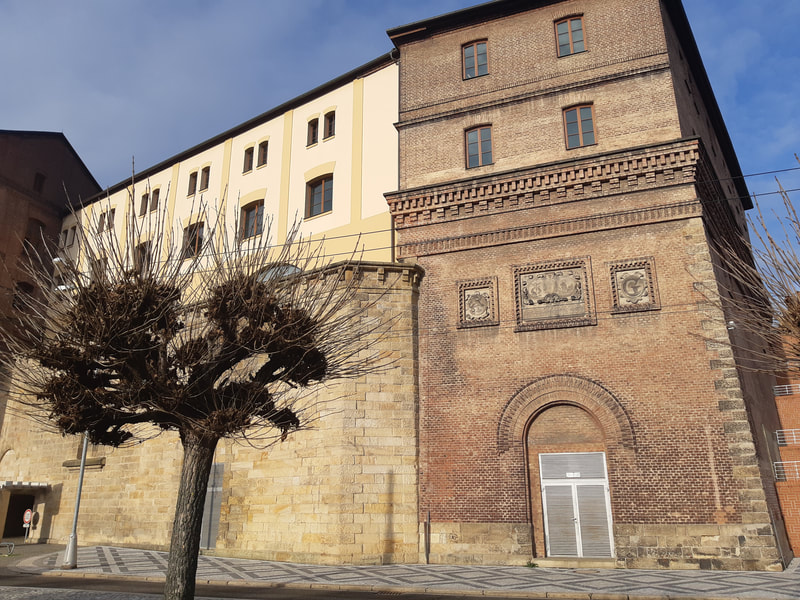
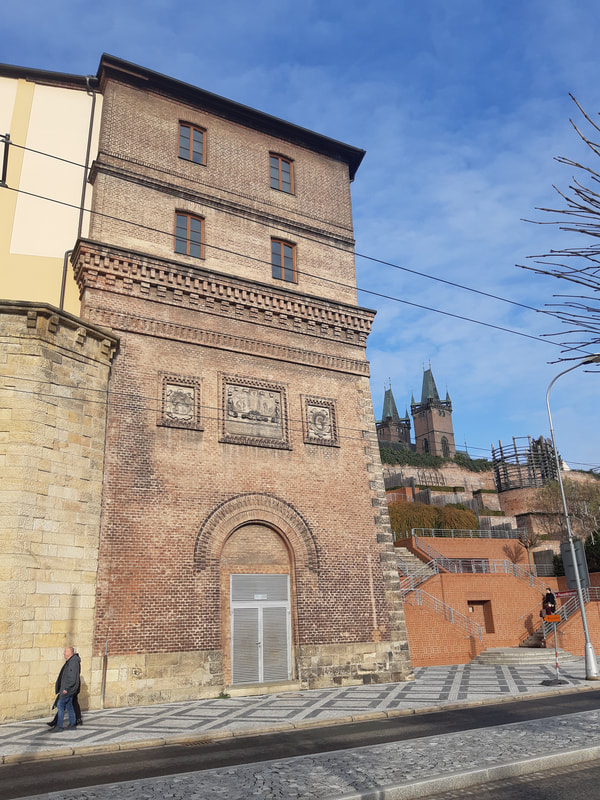

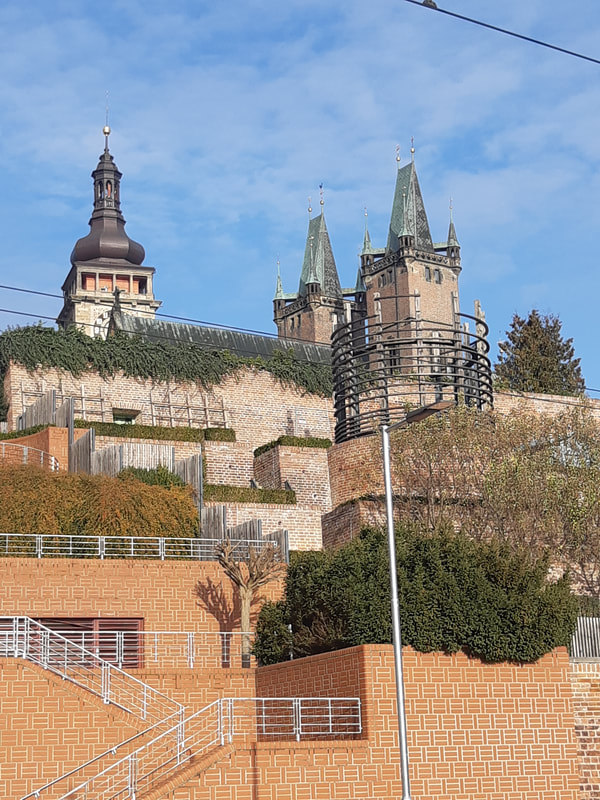
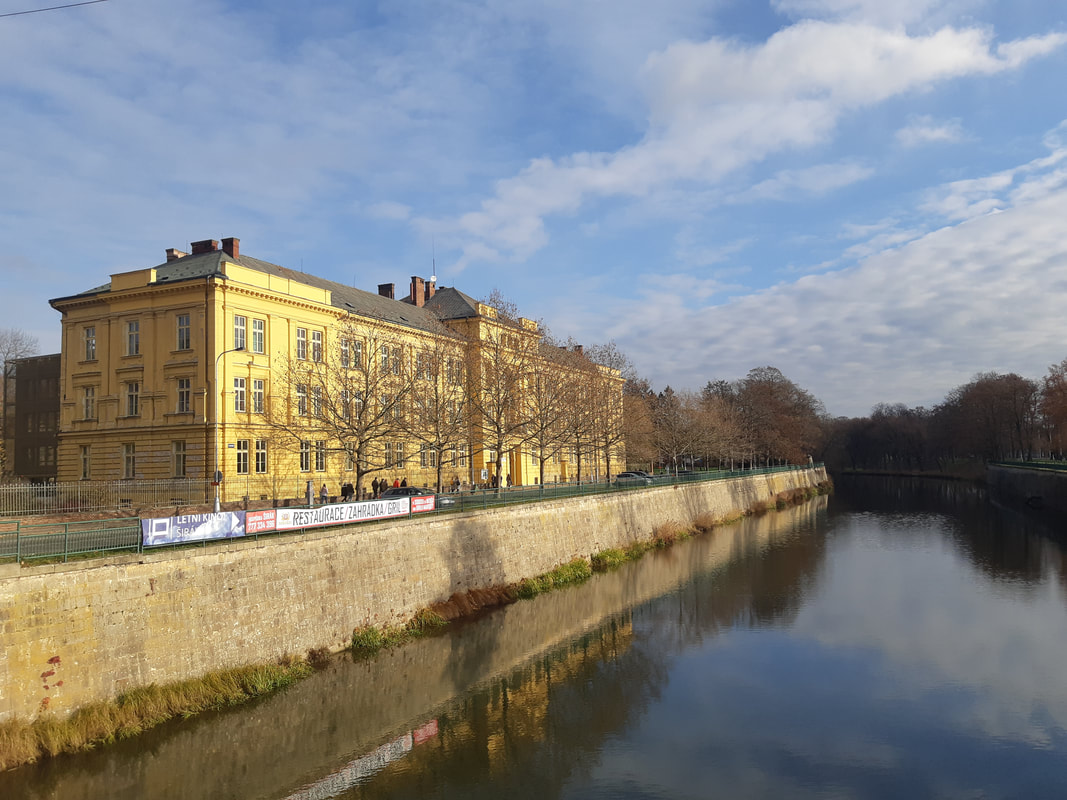
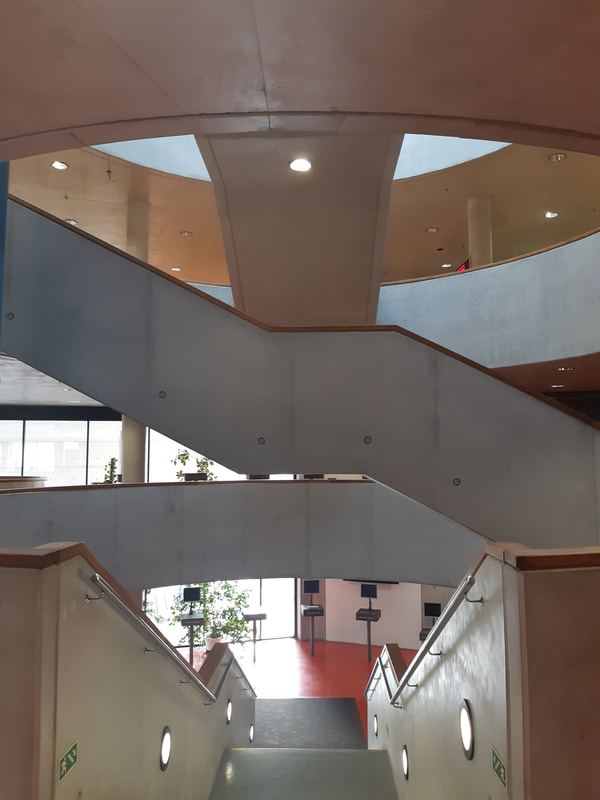

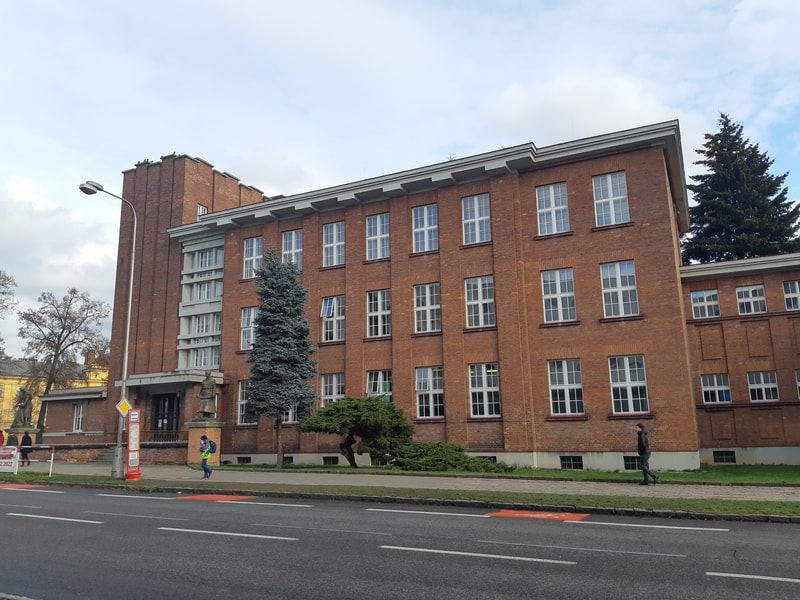
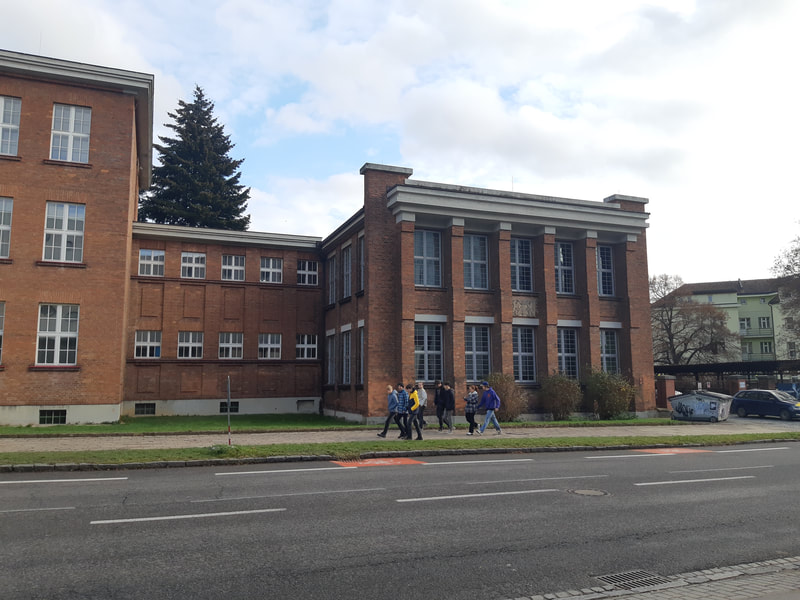
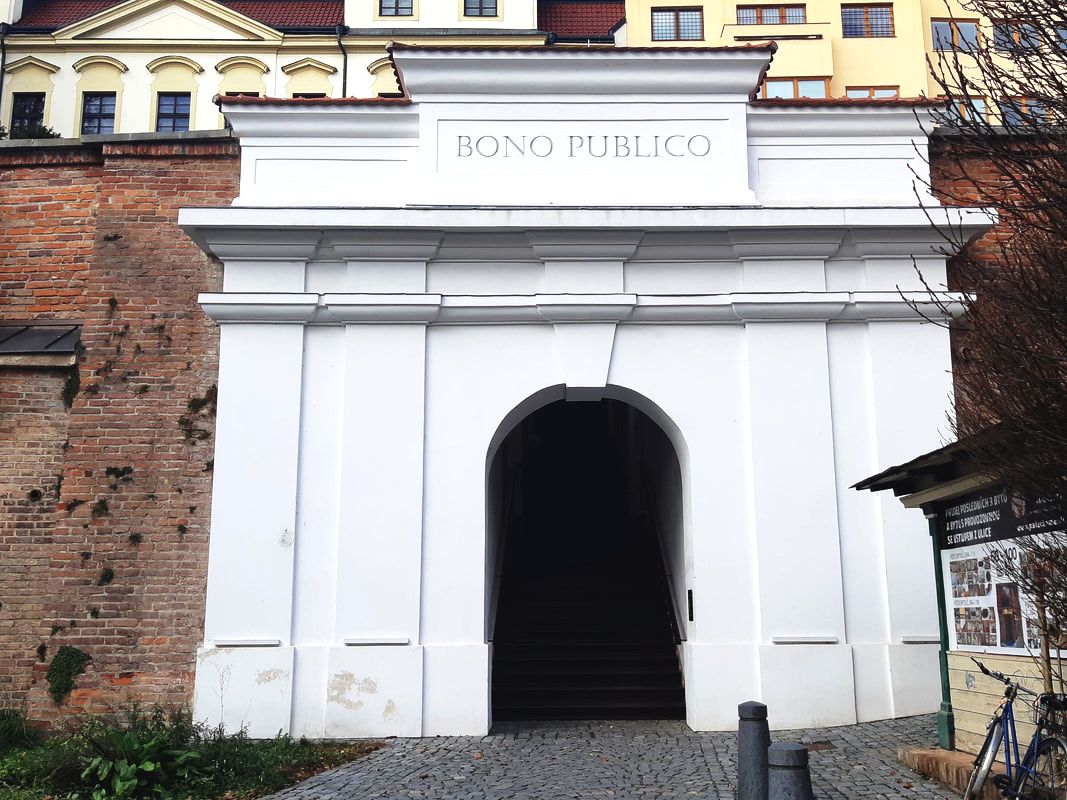

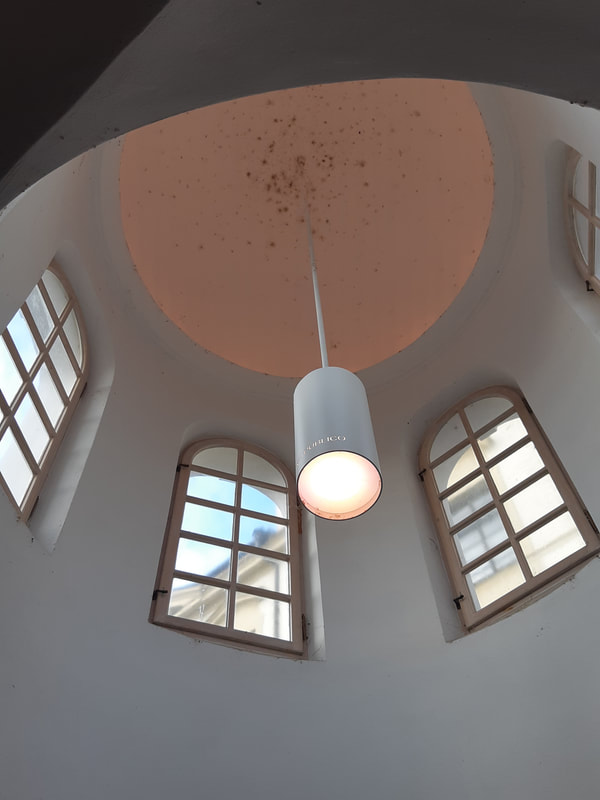
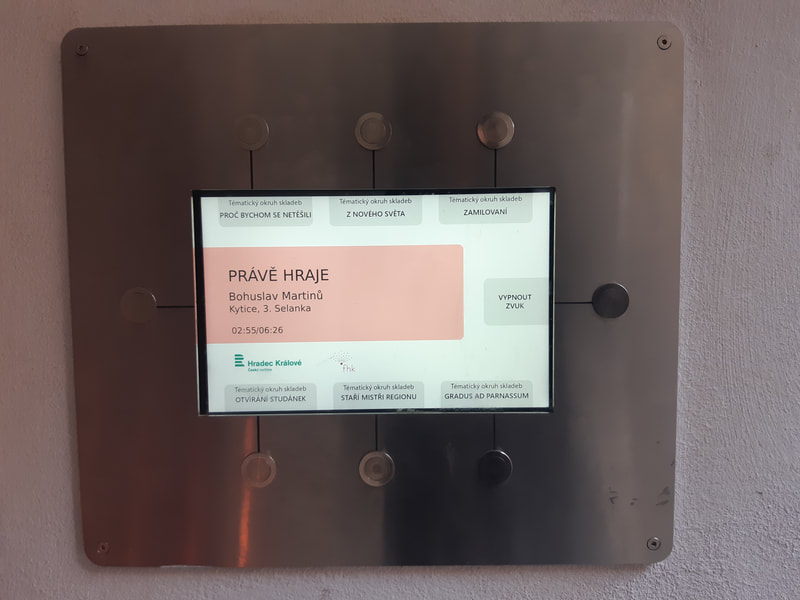

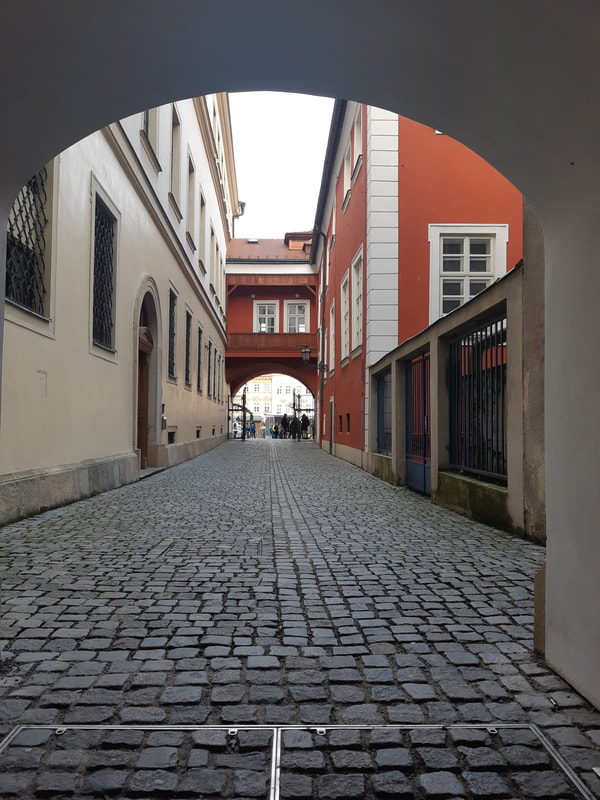
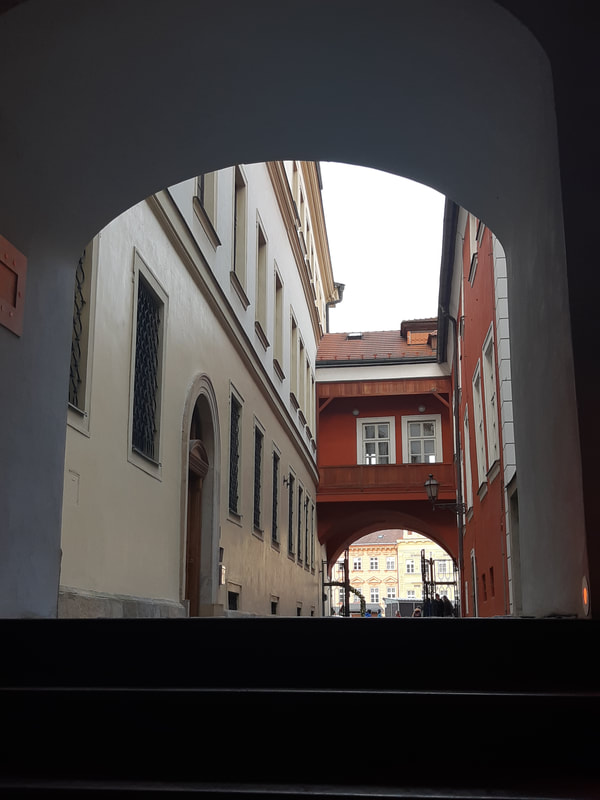
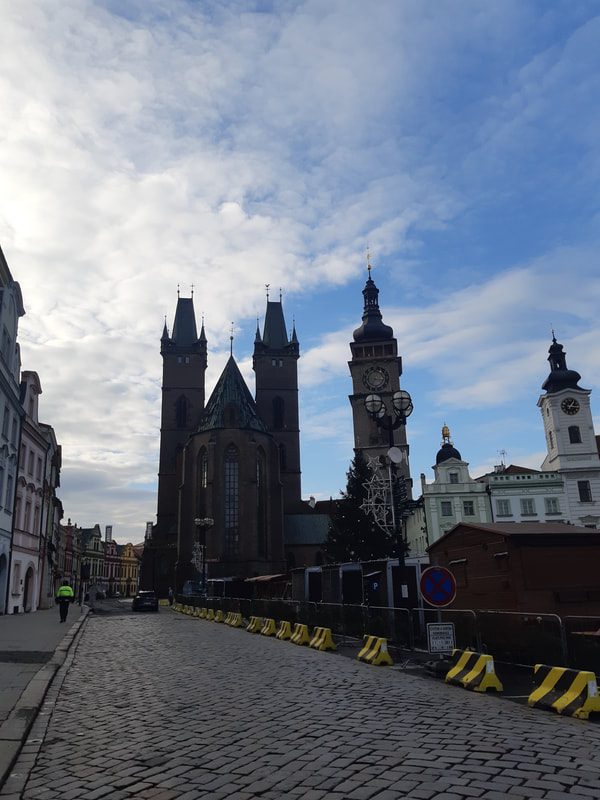

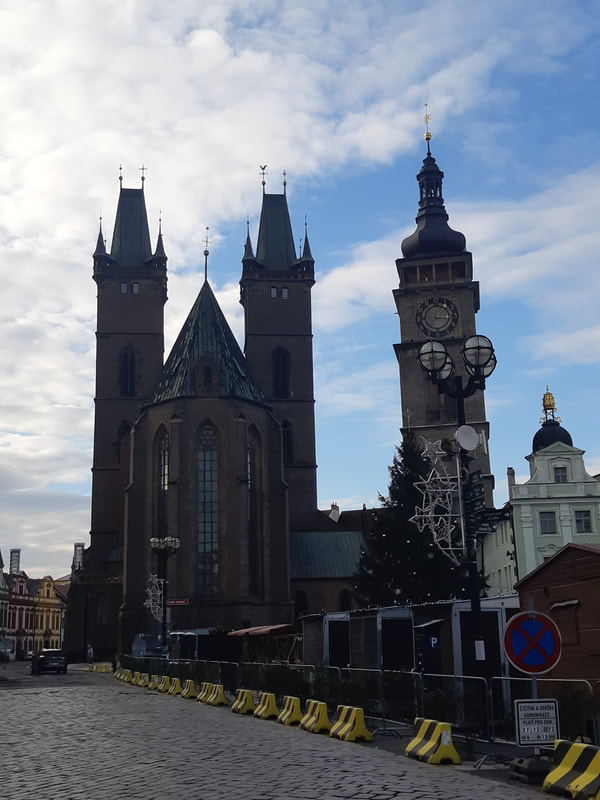
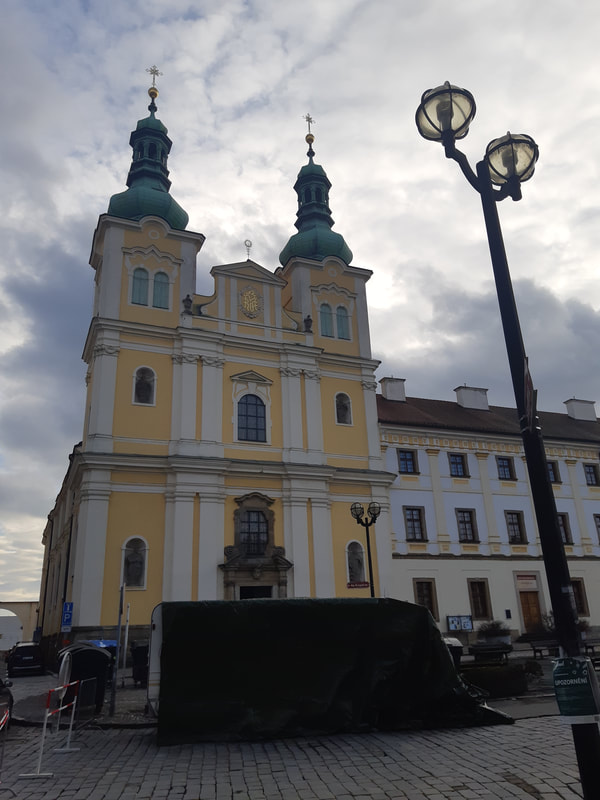
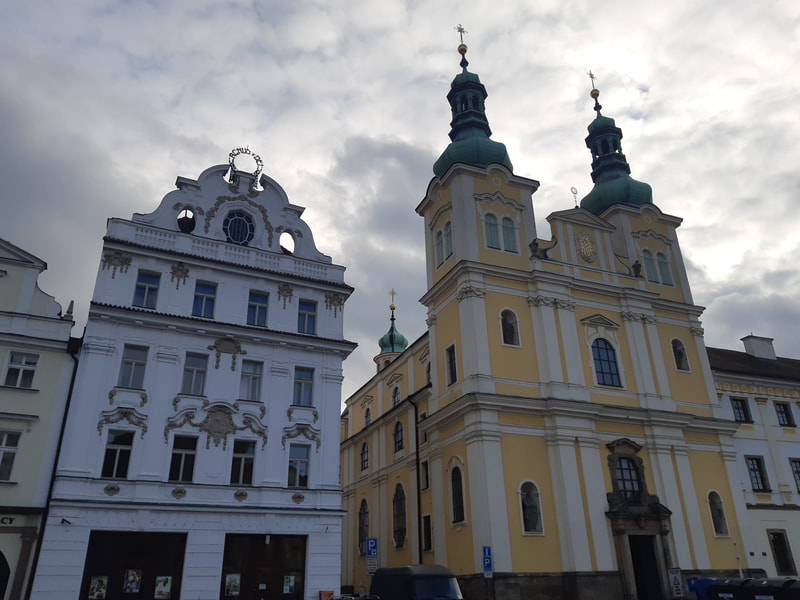
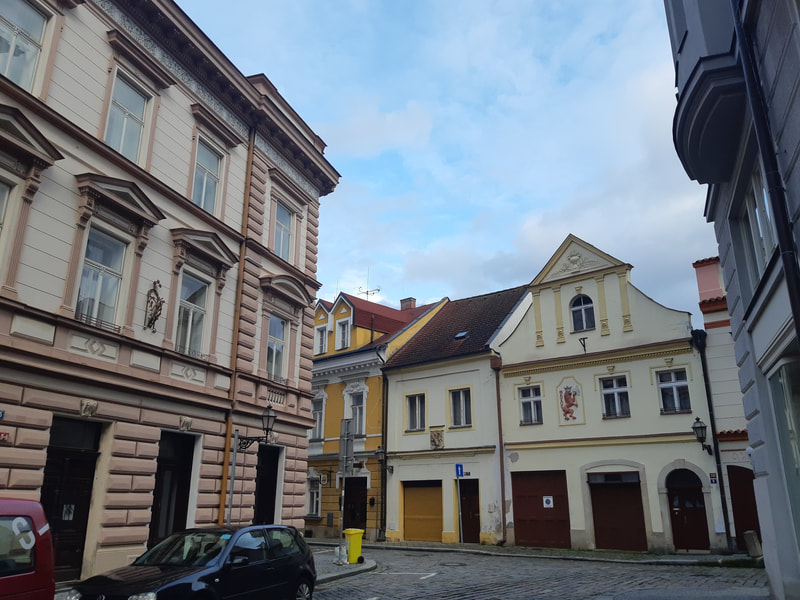
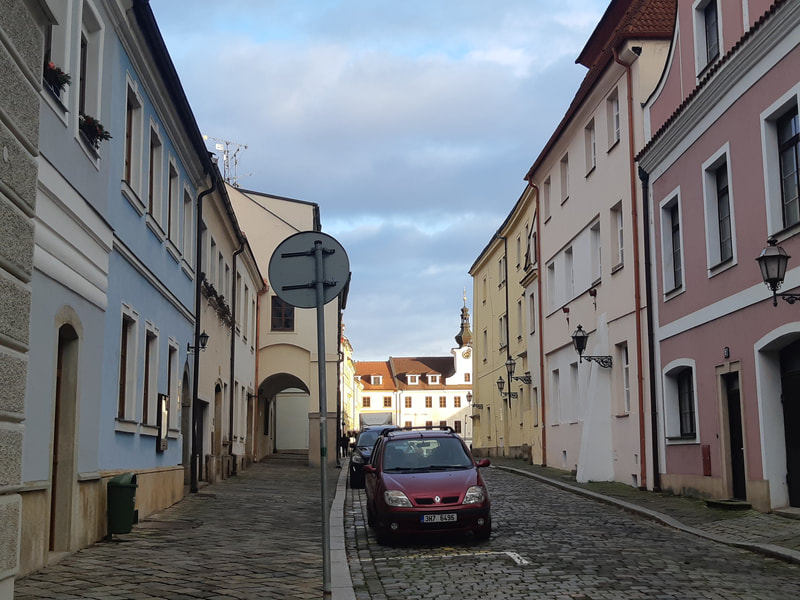
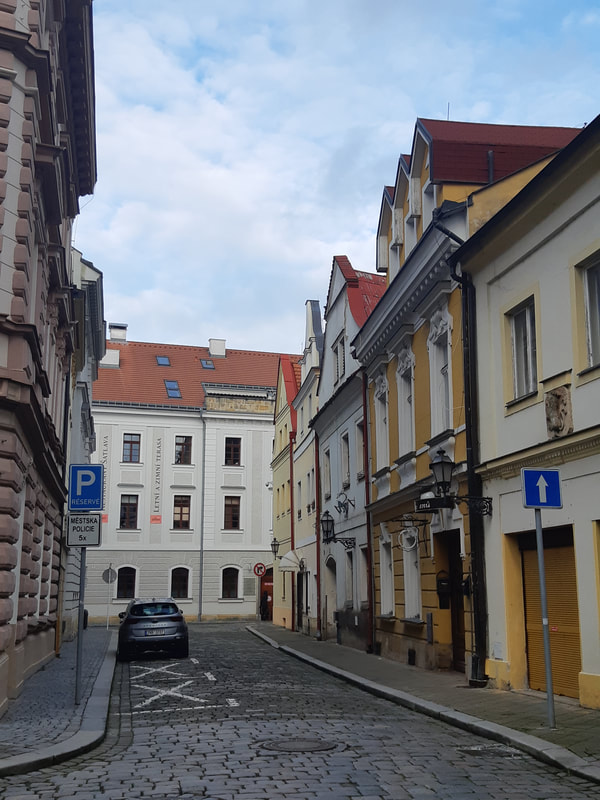
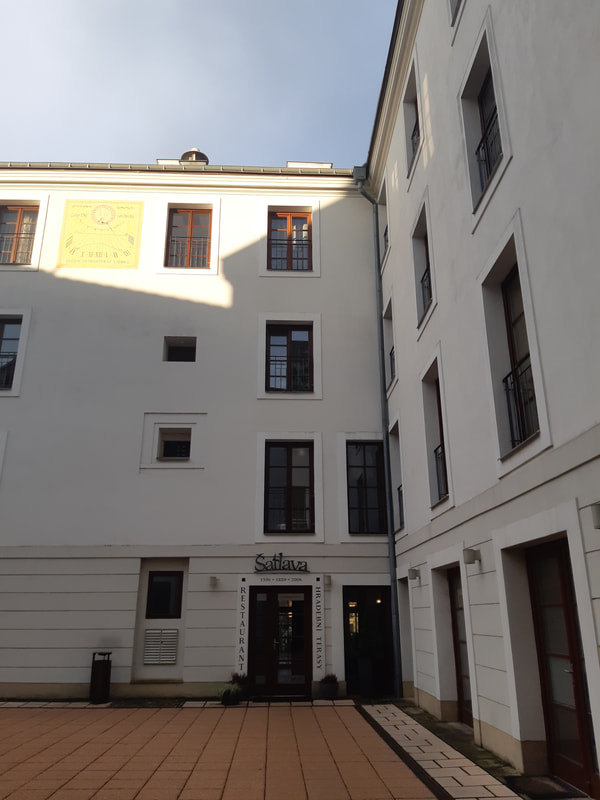
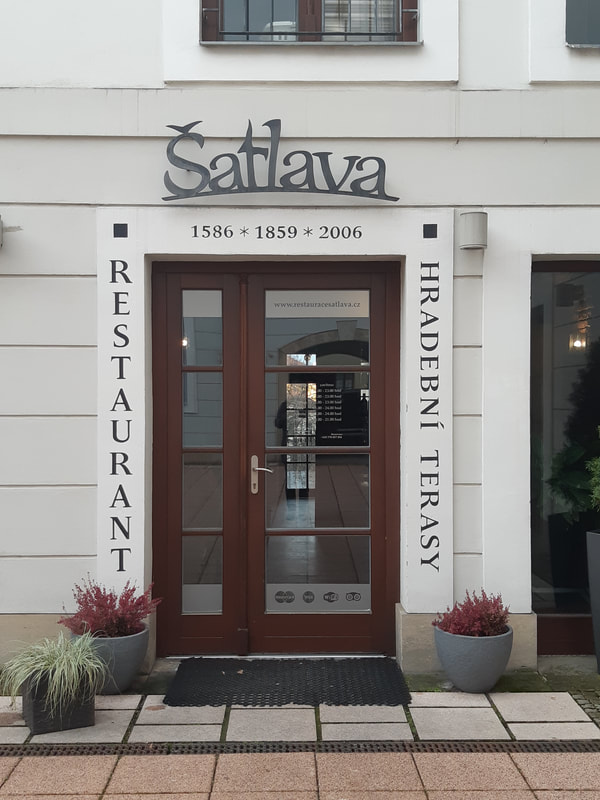
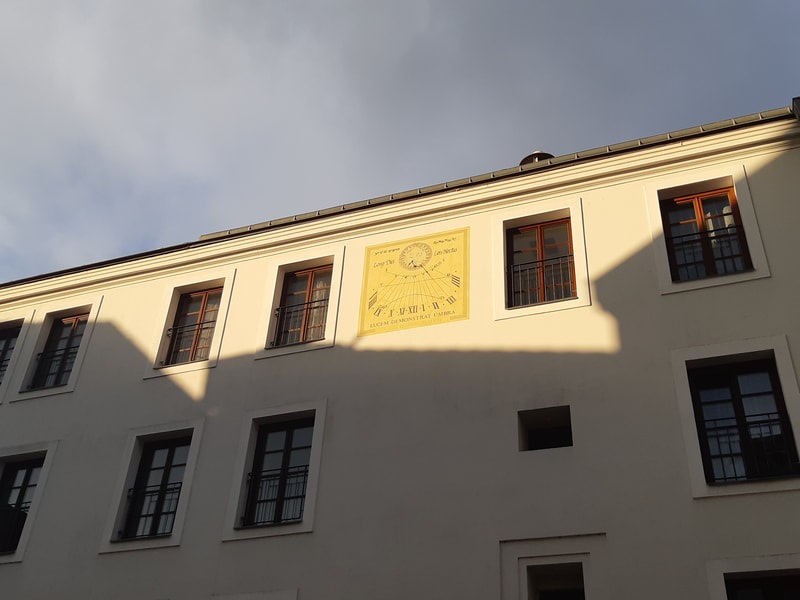
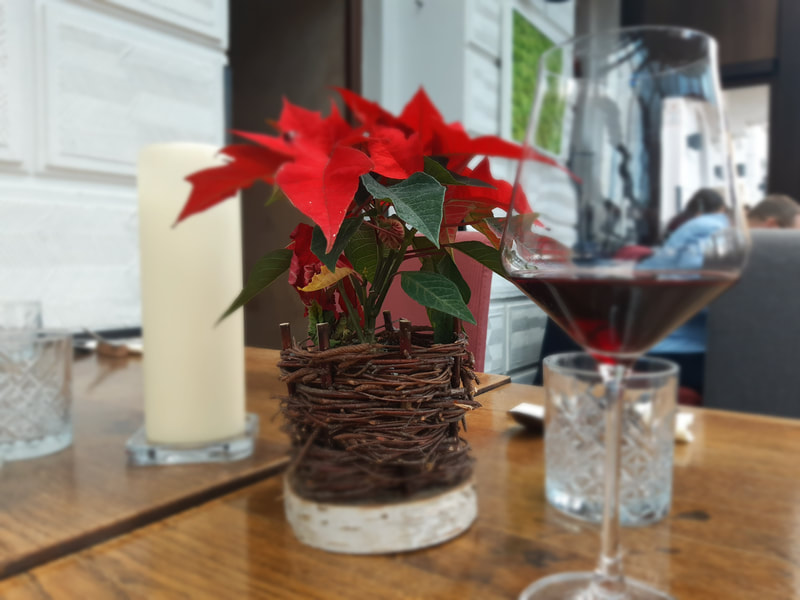

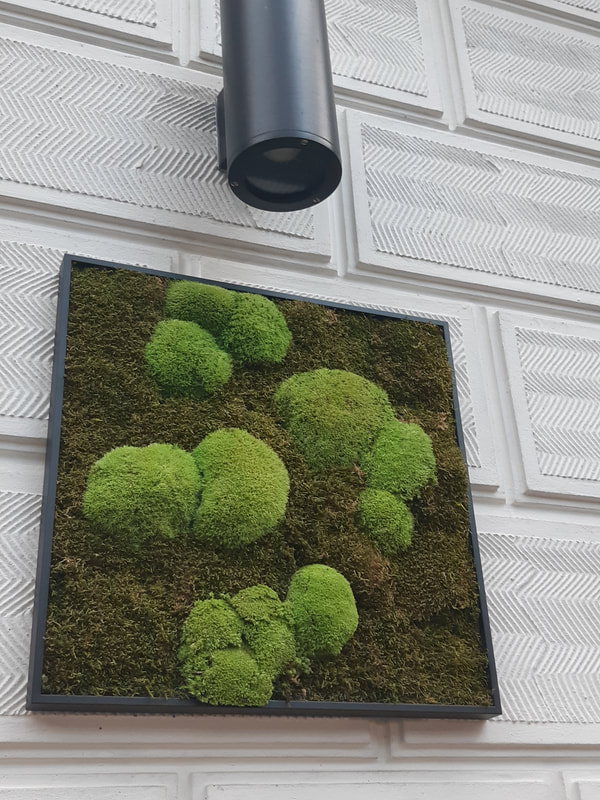


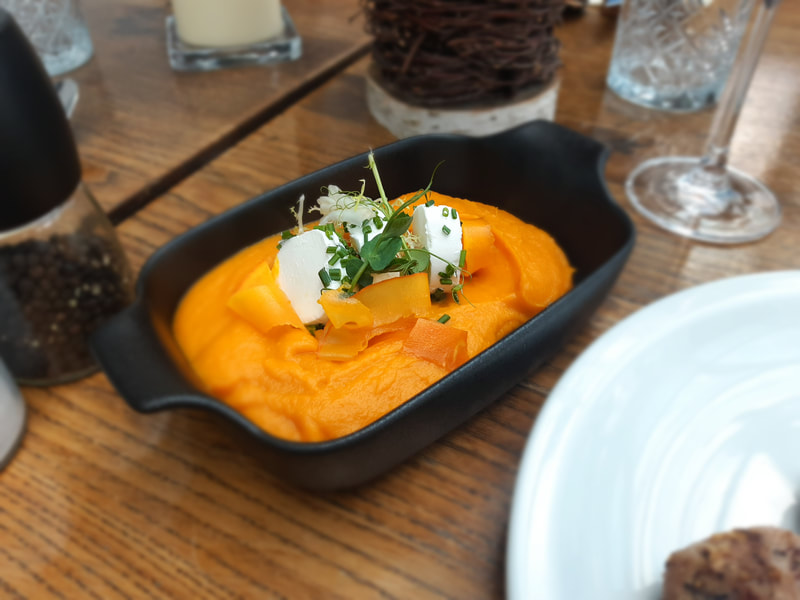

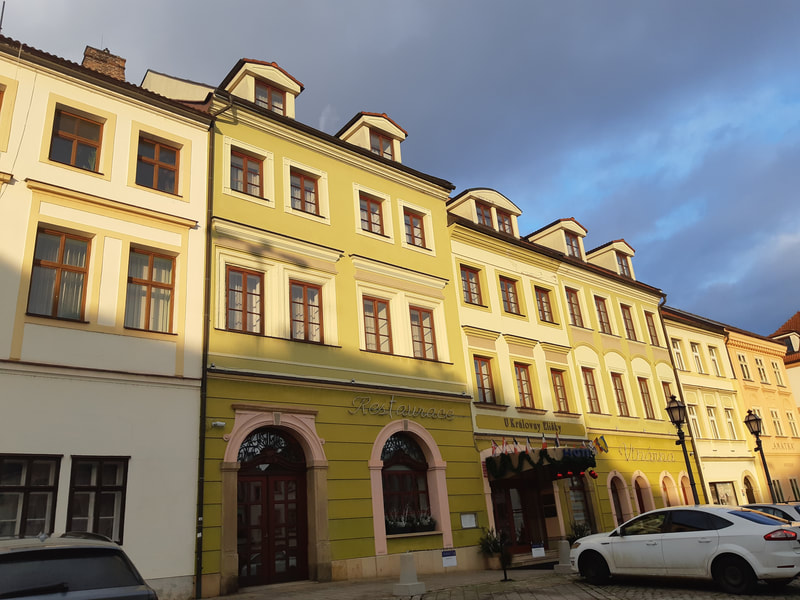
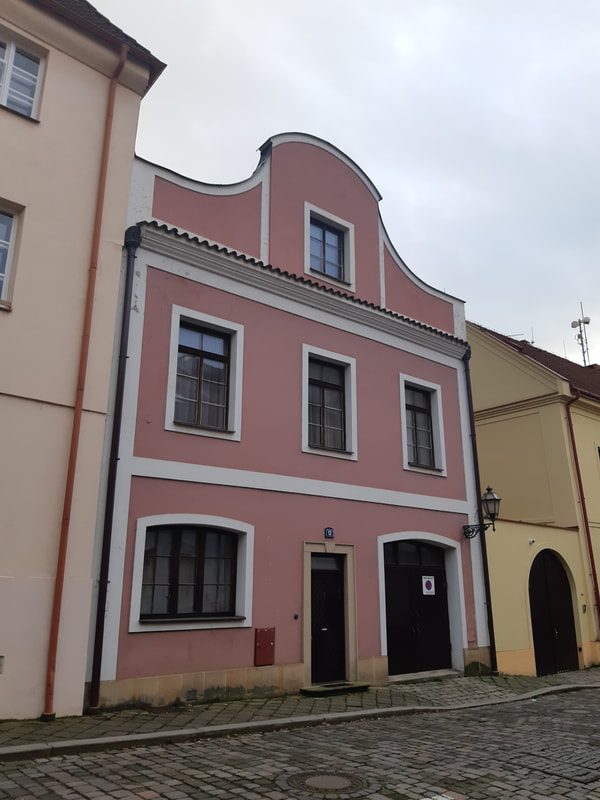
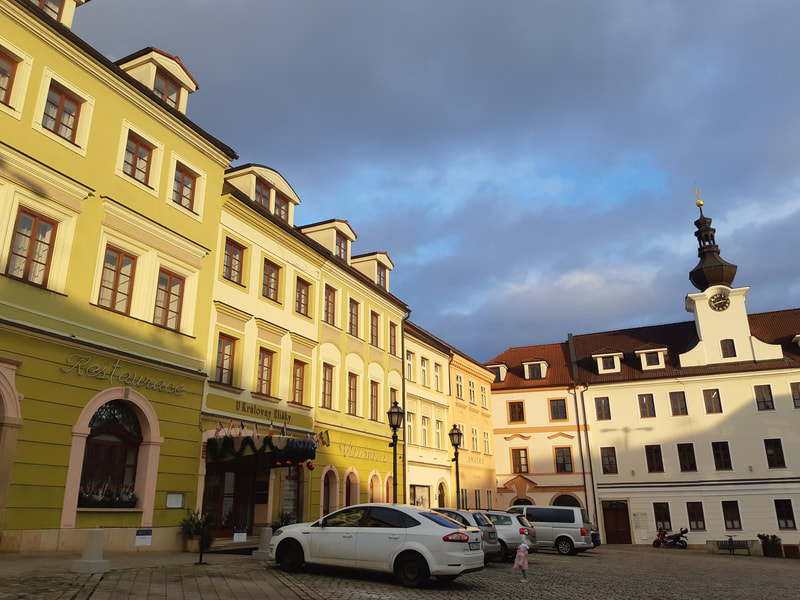
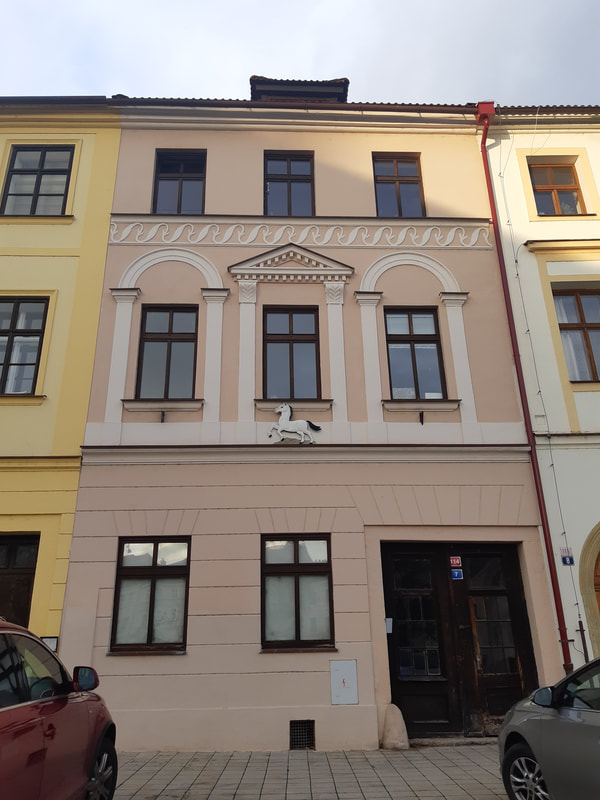

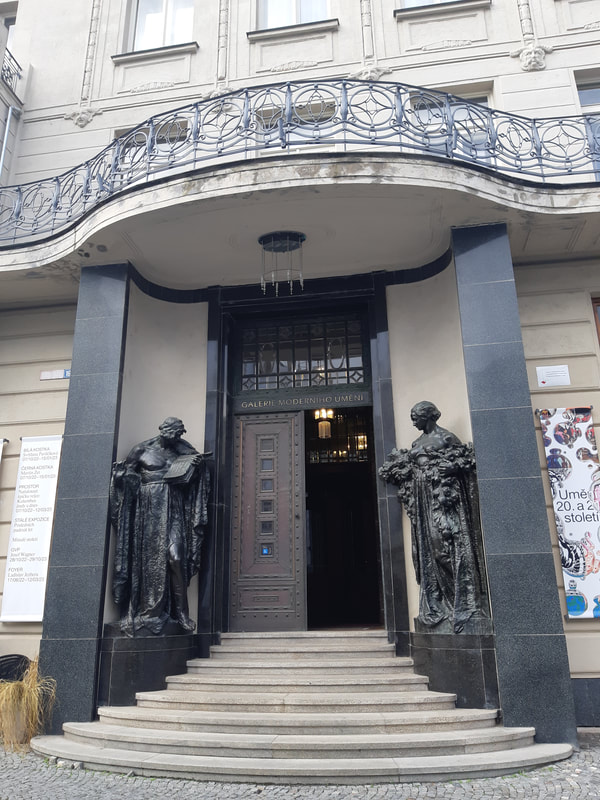
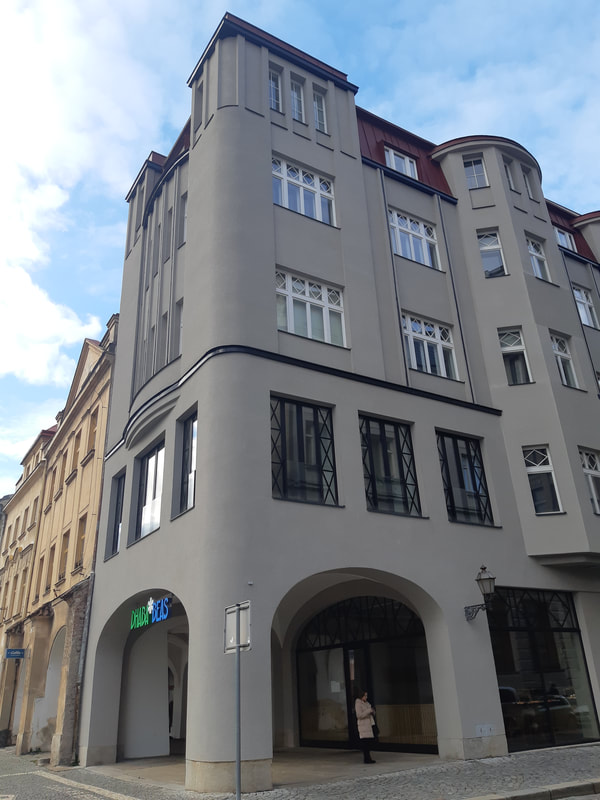
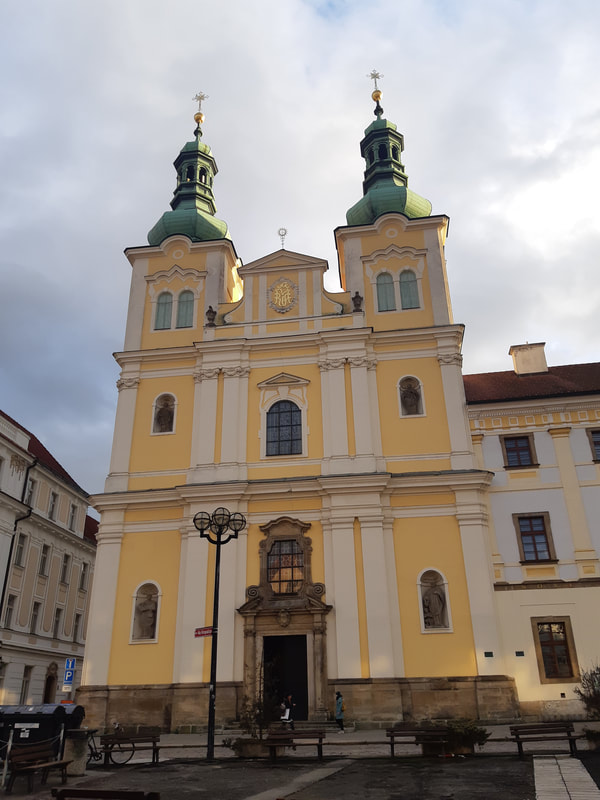
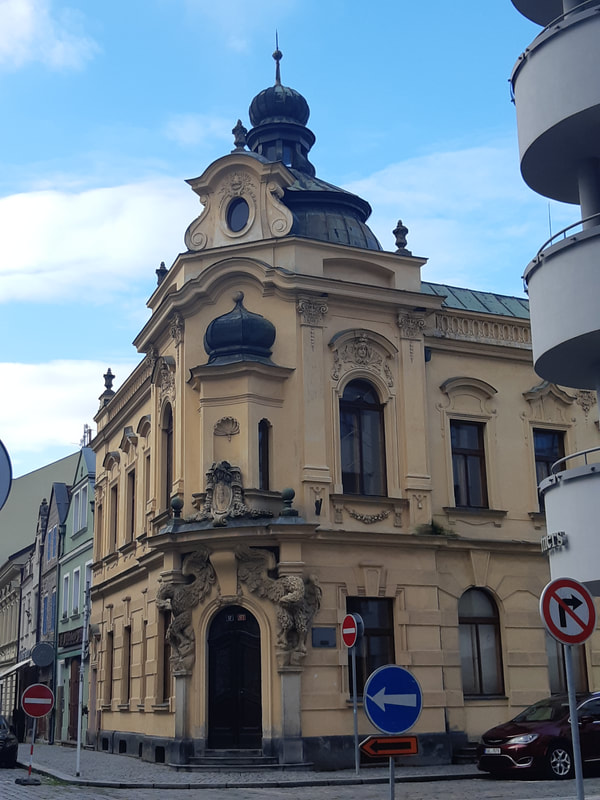
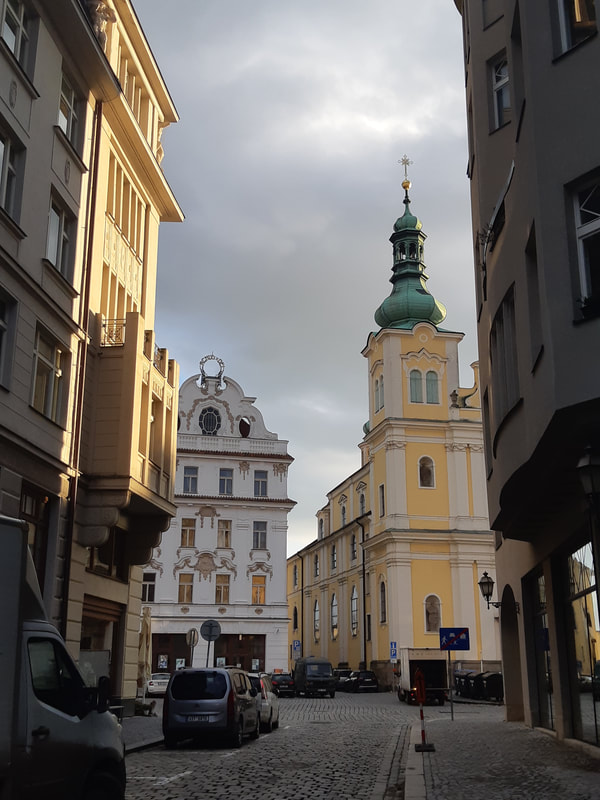
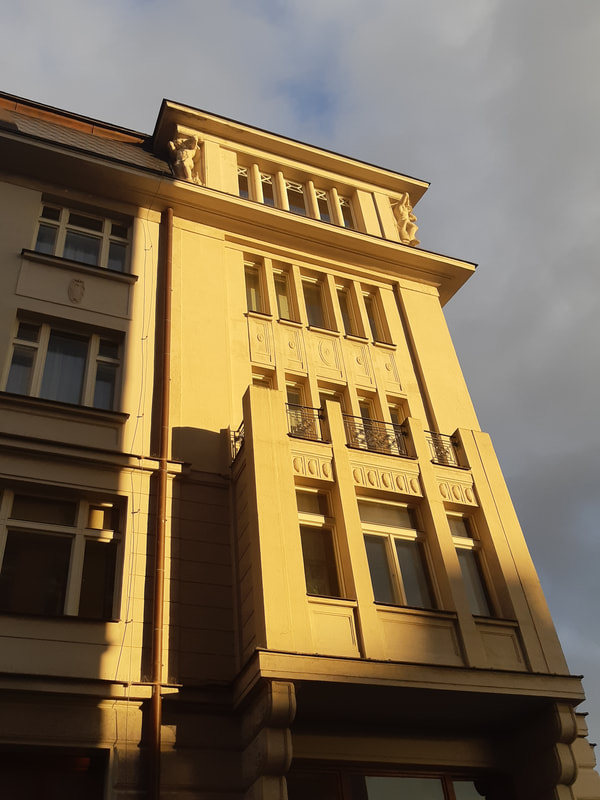
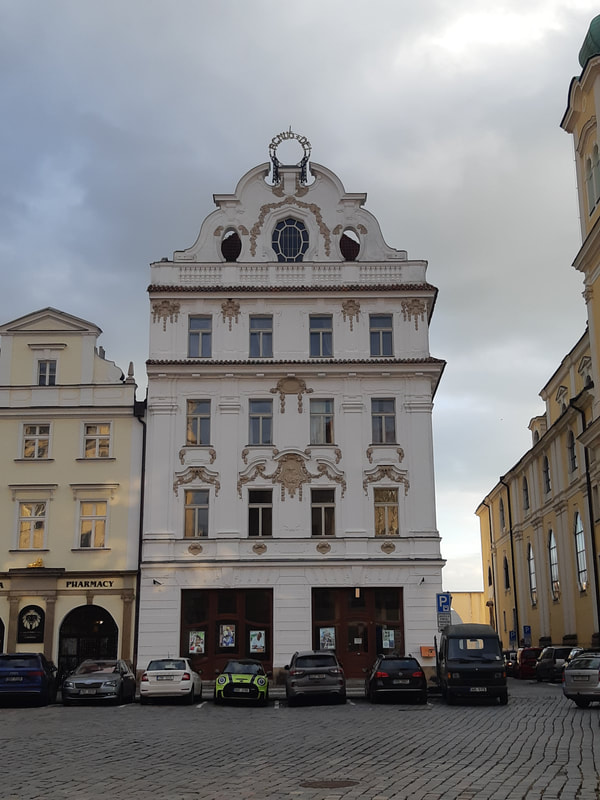
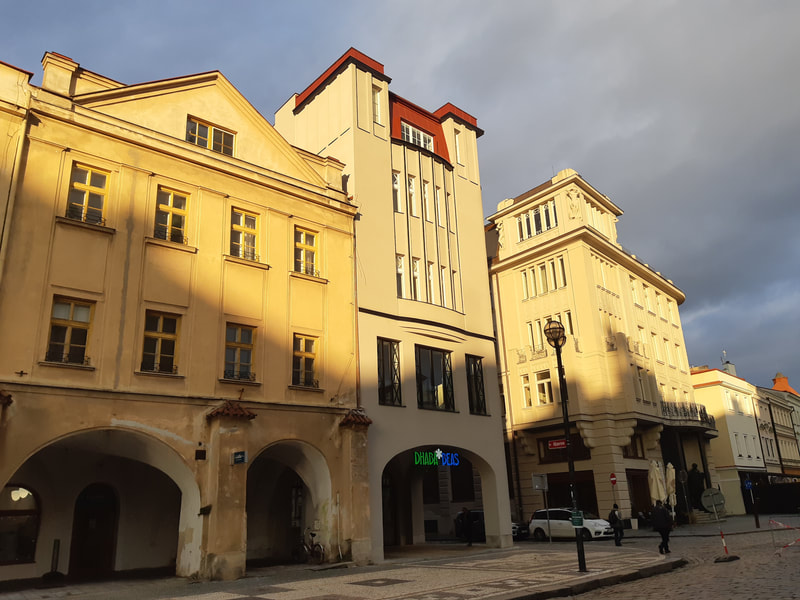

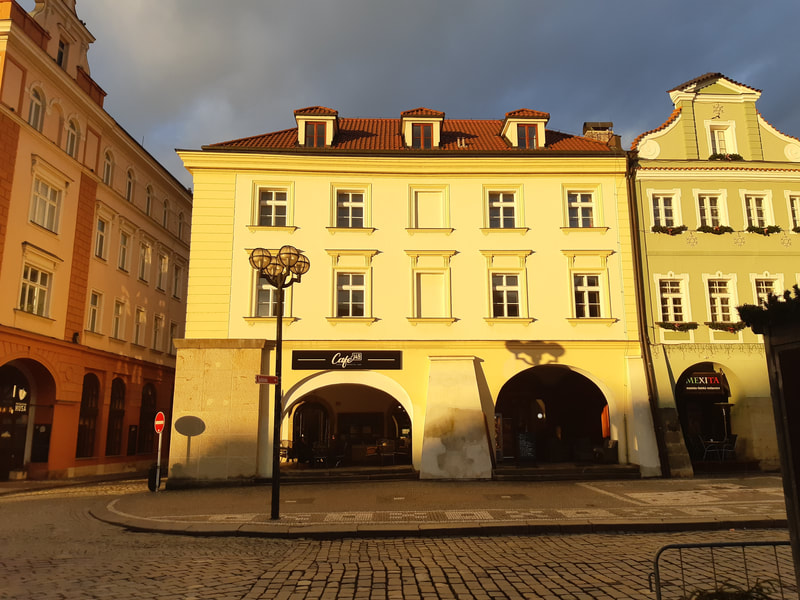
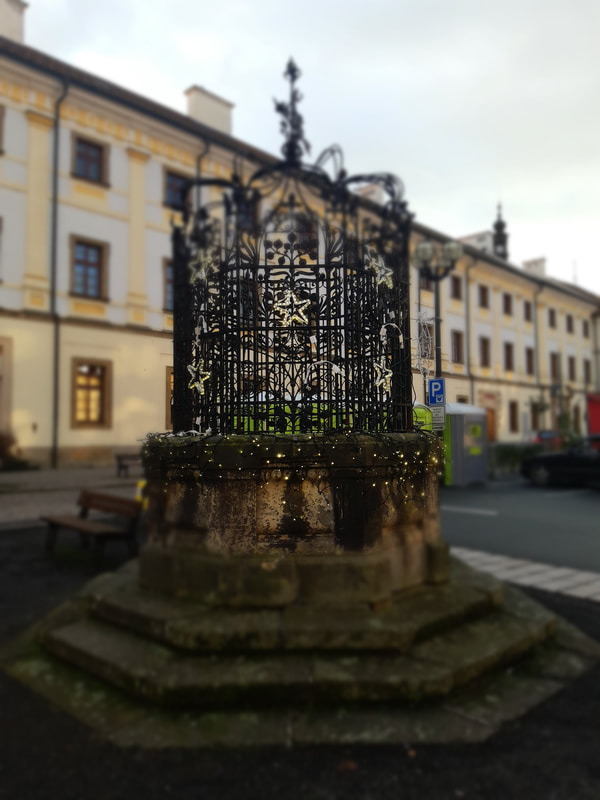
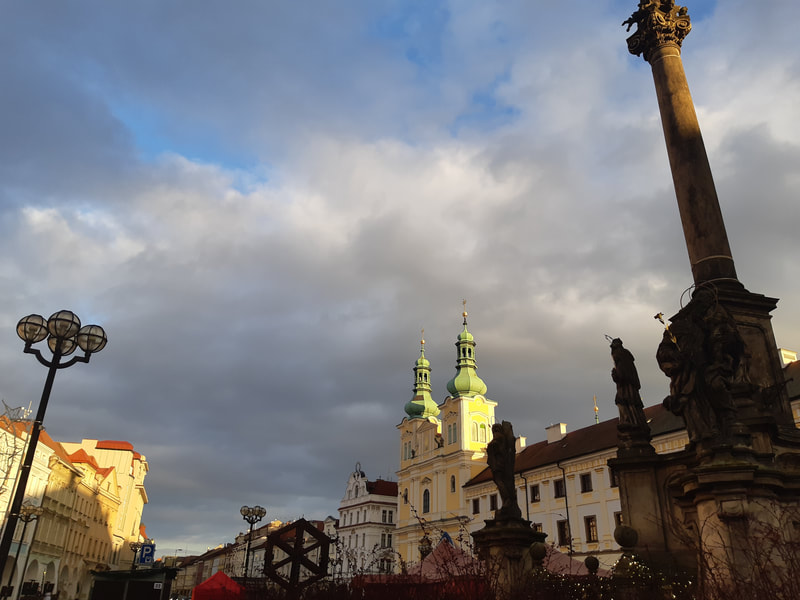
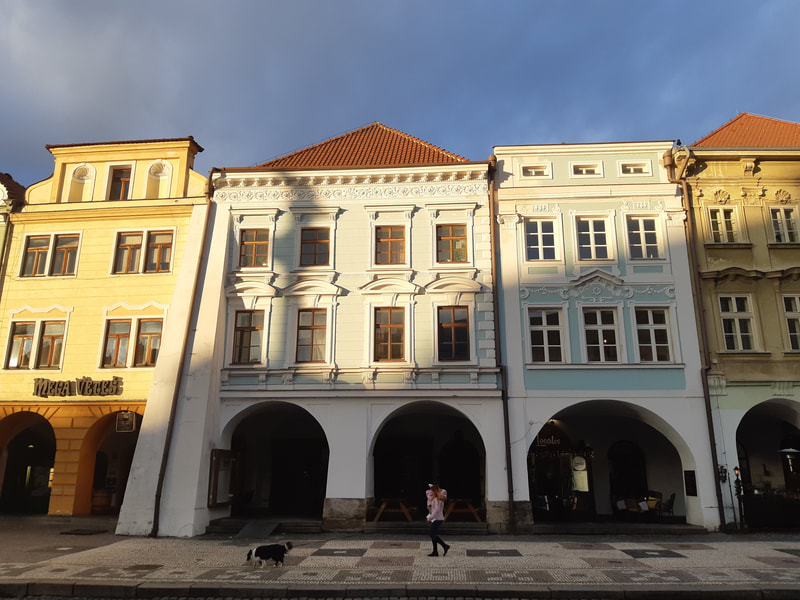
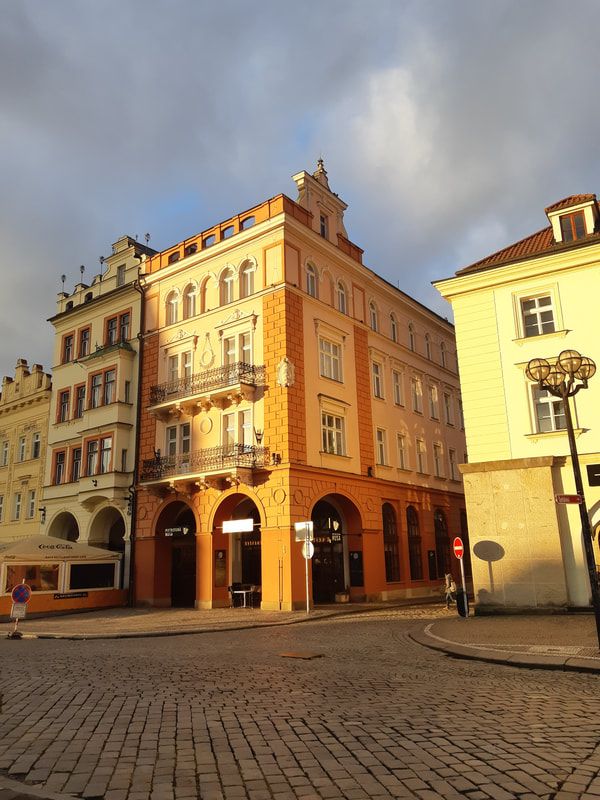

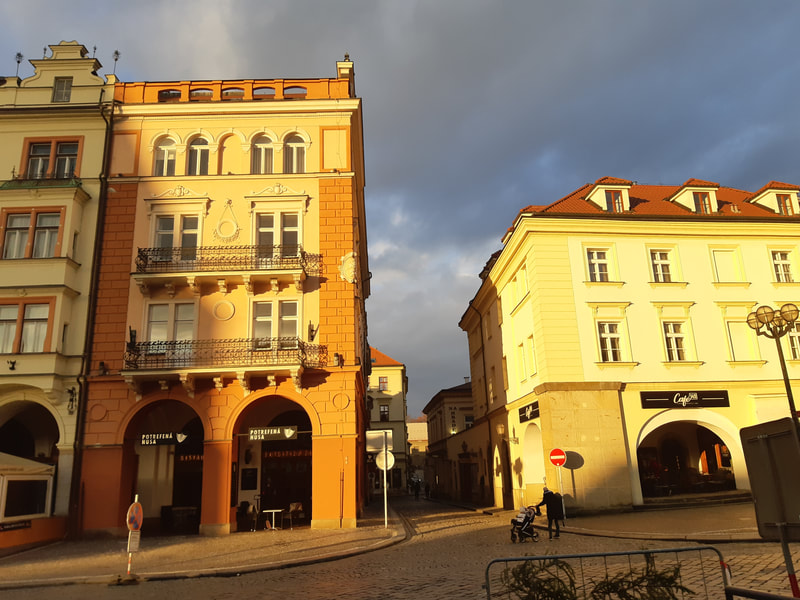
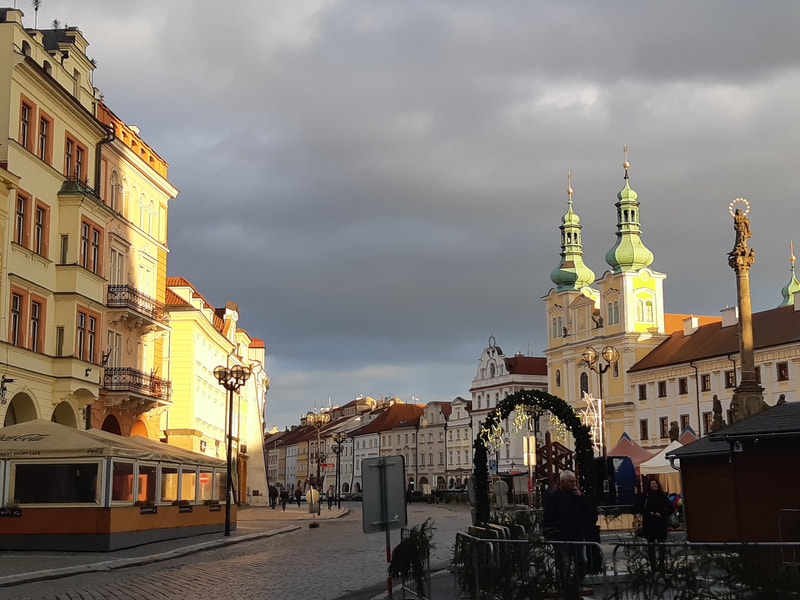
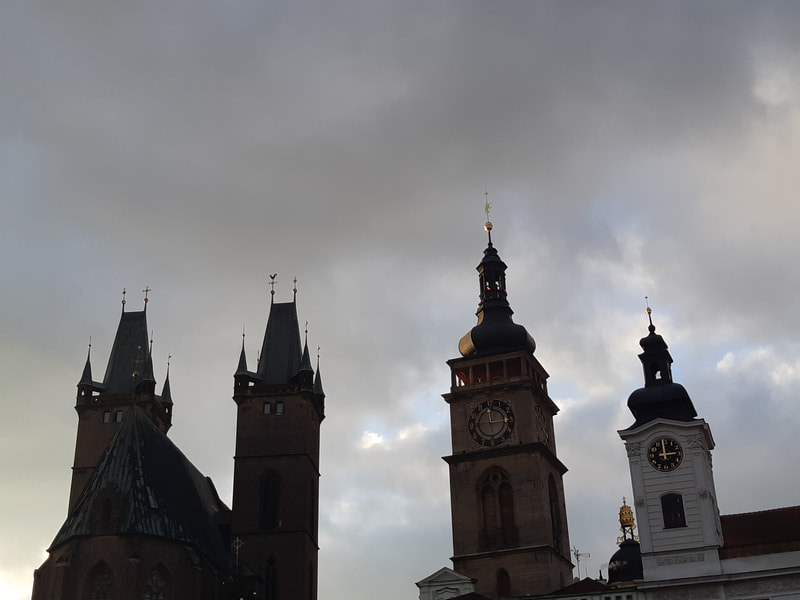
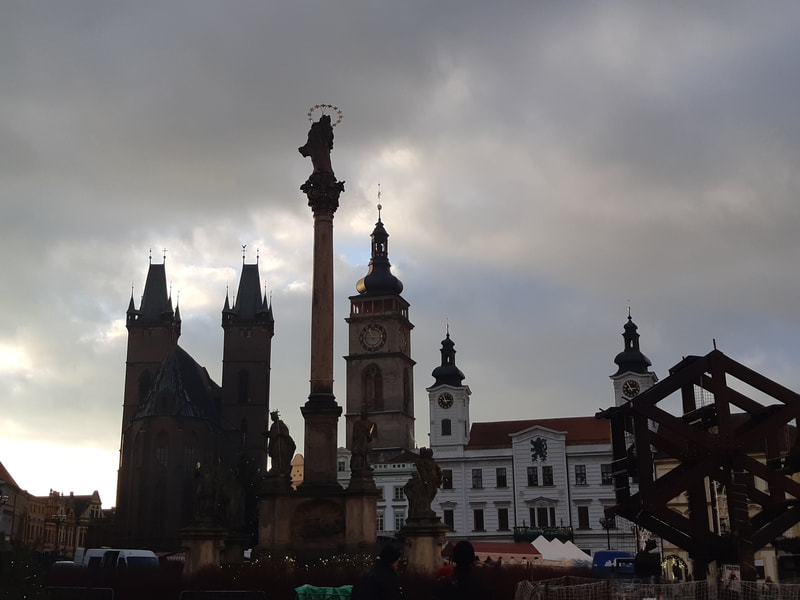
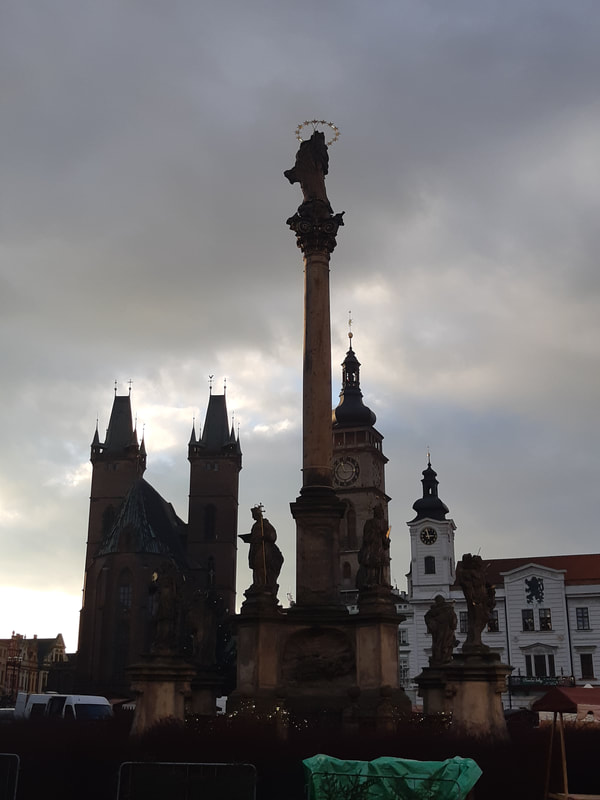
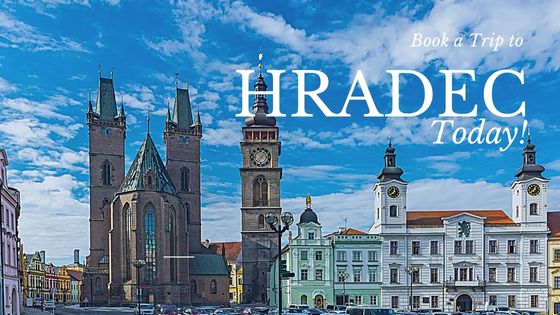
 RSS Feed
RSS Feed